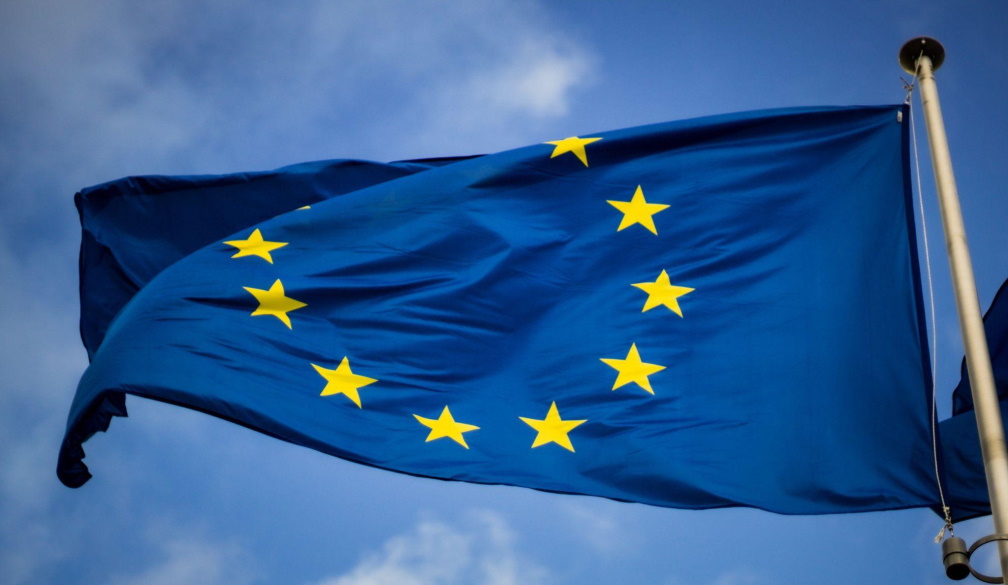The ETIAS Application Process: Everything You Need To Know

If you plan to visit the European Union (EU) in the near future, you might want to consider applying for an ETIAS application before leaving home. This short article explains what ETIAS is, how it can benefit you, how to apply for it, and when you’ll be able to start using it—providing everything you need to know about the EU’s newest travel system.
The ETIAS application process: everything you need to know
What is ETIAS?
As of 2018, Europe implemented a new electronic travel authorization called ETIAS (European Travel Information and Authorization System). If you’re a citizen of one of several countries that requires a visa for entrance into Europe (namely, those under Annex II), then you’ll have to obtain a free ETIAS online before your trip. It will be valid for three years.
Why do I need it?
The EU Entry/Exit System, or ETIAS, is Europe’s upcoming travel authorization system. It will allow EU citizens to enter and remain in countries with Schengen visa-free travel while preventing visa overstays.
How much does it cost?
You can apply for an ETIAS multiple times, and each time it will cost €7. As of now, there is no fee waiver program in place. Applicants under 12 years old or over 70 years old are exempt from payment, as are nationals of countries that are exempt from short-stay visa requirements.
When do I apply?
You can apply for an ETIAS visa from 3 months before your trip until 3 days after. The sooner you apply, and as a result, receive your permission, will give you more time to prepare for your trip.
How do I apply?
To apply for an ETIAS visa, applicants will be required to fill out an online form. The online form must be filled out in English, German, or French and applicants must supply details such as their name, address, travel plans, and passport information. Applications can only be submitted once a valid passport has been issued. Anyone wishing to travel through Europe’s visa-free countries after having been denied entry will not have any new opportunities to apply for another visa within 90 days of their previous denial.
Do I still need a visa to travel if I have an ETIAS?
If you have an ETIAS, no. An ETIAS allows visa-free travel within most of Europe’s Schengen zone countries and is valid for five years. If your ETIAS expires, however, or if your trip takes you outside of a Schengen zone country, you may need a visa. When travelling through Europe with a visa, it’s important to pay attention to deadlines so that your permit doesn’t expire while abroad.
Can I have multiple entries with an ETIAS?
You can only apply for an ETIAS once. If your first submission is denied, you cannot reapply within two years. Additionally, if your application is approved and more than five years have passed since its date of issue, you will be required to submit another ETIAS before travelling to Europe for tourism or business purposes. It’s worth noting that in both cases, if at least two years have passed from when your application was denied or when your ETIAS expired, you may apply again.
Will my data be shared with other countries and authorities?
The information collected during your ETIAS application is only used by authorities in Poland, so you can be confident that it will not be shared with any other countries or authorities. However, during and after processing of your request, some personal data will be provided to national border control services if and when they need it. An example might be a request for more documents required from third countries. In such cases a transfer of personal data is necessary within EU regulations.
Do I still need a visa if I'm from Canada, Australia, New Zealand or the United States (Schengen area)?
No, if you are a citizen of Canada, Australia, New Zealand, or any country in the Schengen area (i.e. Europe), you do not require a visa for tourist purposes (90 days in any 180-day period). However, if your trip is for business reasons or if it exceeds 90 days over a 180-day period, then contact a local embassy. If your business involves trade shows or conferences that require entrance to countries that are outside of these regions then contact an embassy as well.










